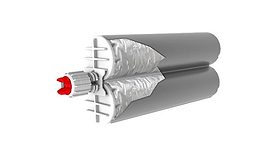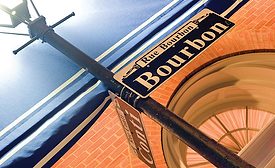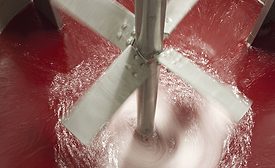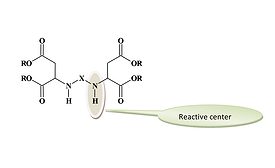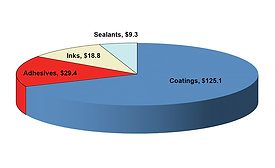Info For...
New Tin- and Mercury-Free Organometallic Catalysts for CASE Urethane Applications
New catalysts offer performance characteristics in multiple applications.
June 7, 2017
New Orleans Hosts Adhesive and Sealant Council Spring 2016 Convention and Expo
Adhesive and sealant industry professionals can learn about new technologies and innovations at the upcoming ASC Convention and Expo.
March 1, 2016
Ask Dr. Dave
I am trying to understand how the organosilanes act chemically.
Organosilanes have been used for many years to enhance the durability of adhesive bonds, particularly to glass surfaces.
March 1, 2016
Is it Time to Upgrade Your Mixer?
Alternative mixing strategies can offer a smarter way of producing adhesives and sealants.
March 1, 2016
A Safer Alternative Takes the Pressure out of Formulating Pressure-Sensitive Adhesives
A new, tetrafunctional epoxy reactive modifier is increasingly being used as non-mutagenic, drop-in formulation replacement for polyfunctional aziridine.
March 1, 2016
Guest Editorial: ASC: Securing Our Future
The ASC focuses on delivering new education programs, new market reports, new growth programs and new advocacy activities.
March 1, 2016
Q&A About Polyurethanes
Polyaspartic Coatings
The polyaspartic coatings technology has been available since the 1990s and is an extension of polyurethane chemistry.
March 1, 2016
Market Trends
Coatings, Adhesives, Sealants and Inks Continue to Grow
The global consumption of coatings, adhesives, sealants and inks (CASI) is being driven primarily by construction applications.
March 1, 2016
Ain't No City Like New Orleans for Spring ASC Convention
The Adhesive and Sealant Council chose the iconic city for its Spring Convention and Expo.
March 1, 2016
Keep the info flowing with our eNewsletters!
Get the latest industry updates tailored your way.
JOIN TODAY!Copyright ©2024. All Rights Reserved BNP Media.
Design, CMS, Hosting & Web Development :: ePublishing
